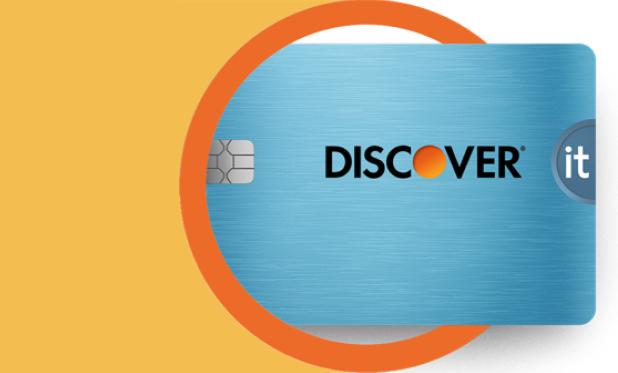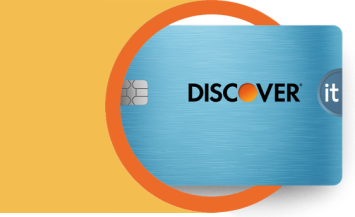Have you heard of the comment “too few accounts paid as agreed” (or sometimes “pay as agreed”) on your credit report? If you have, it usually means one of two things:

What Does “Too Few Accounts Currently Paid as Agreed” Mean?
4 min read
Last Updated: June 19, 2024
Next steps

See if you're pre-approved

View all Discover credit cards
See rates, rewards and other info
You may also be interested in
Was this article helpful?
Was this article helpful?


